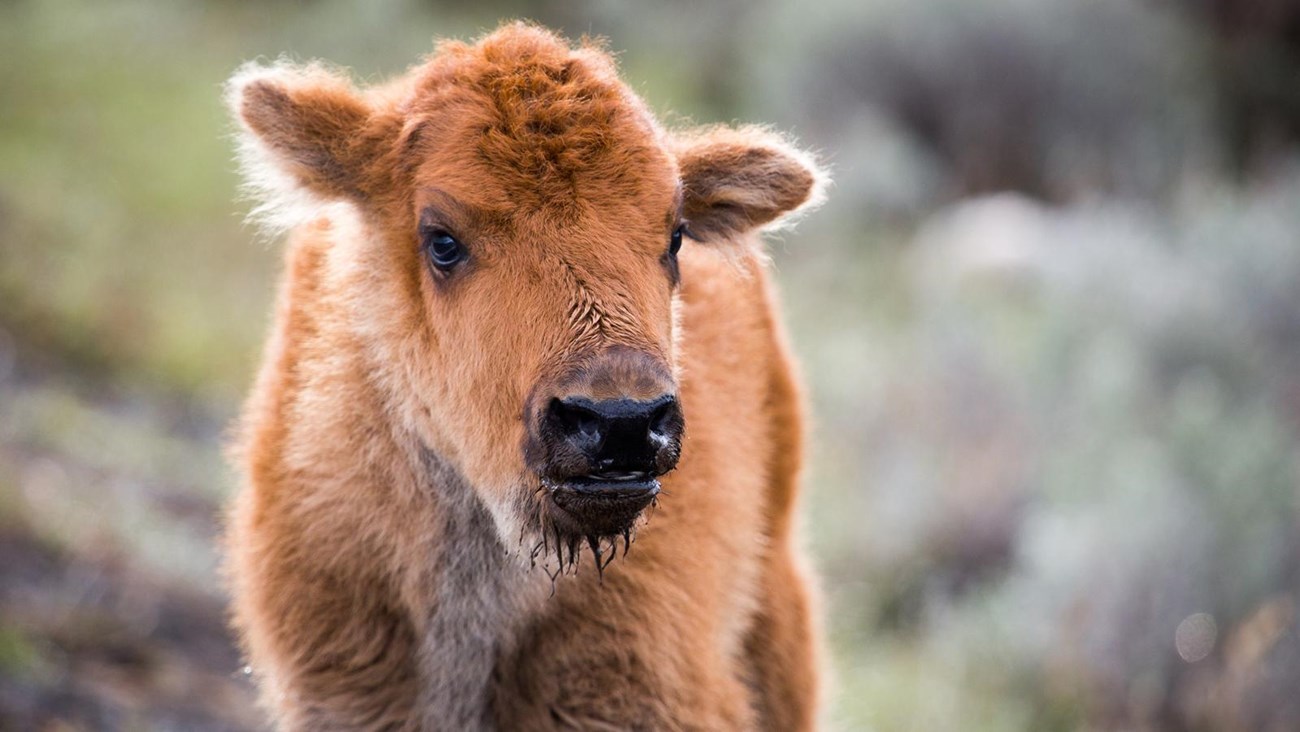|
Visit our keyboard shortcuts docs for details
The death of some animals is a necessary part of sustaining our populations of predators, scavengers, decomposers and, eventually, herbivores once the nutrient cycle comes full circle. Every year, hundreds of animals are injured or separated from their mothers or groups for various reasons. A few of these events have gone viral on social media and elicited world-wide requests for the park to save these animals, rehabilitate them, and return them to the wild. With so much attention, why doesn’t Yellowstone automatically rescue orphaned or injured animals? Our Mission: Preservation, Not Rescue and RehabilitationYellowstone preserves one of the largest, temperate-zone ecosystems on Earth. About 99% of the park is managed as wilderness and our focus is on sustaining viable populations of native wildlife species, rather than protecting individual animals. Animals roam freely on a landscape not dominated by humans. An animal’s survival depends on its own daily decisions and natural selection. Animals with traits that make them better adapted to the environment will tend to survive, reproduce, and pass on their genetic characteristics more than animals without those traits. Through this process, natural selection shapes the behavior of wildlife. Actions like feeding, husbandry, and rehabilitation contradict the National Park Service mission by shielding animals from the forces of natural selection and creating a zoo-like atmosphere where animals require assistance or protection from people. Rehabilitation itself is a difficult task with an uncertain outcome. These activities are expensive and divert funds that could otherwise be used on more widespread conservation and restoration efforts. Death is a Necessary Part of NatureIn the wildness of Yellowstone, animals that are vulnerable or make bad decisions become food for others. It can be difficult to watch nature take its course, especially when young animals are involved and human actions may have influenced the outcome. However, each year animals have more offspring than can possibly survive. The death of some animals is a necessary part of sustaining our populations of predators, scavengers, decomposers and, eventually, herbivores once the nutrient cycle comes full circle. Yellowstone is not a zoo or an animal park; it is the wilderness home to countless creatures living in their own environment on their own terms. When We Intervene and WhyNational Park Service policy recommends against intervention in natural biological or physical processes except:
Yellowstone biologists have worked to promote ecosystem health by restoring populations of many native species. To accomplish this, we intervened in natural processes in the short term in order to create a more natural system in the long term. Our actions involved assisting, protecting or rehabilitating sensitive species by:
To protect human safety, park managers have intervened when animals become food-conditioned, or have attacked and fed on humans, by removing those animals from the park. Predators like bears, cougars, and wolves are actively hazed away from developed areas and front-country campgrounds. Ungulates and other mammals are tolerated provided conflicts do not occur. Road corridors are managed for human transportation and wildlife viewing in some places, with management initially attempting to resolve the human causes of any conflicts. One of the main ways we do this is by maintaining separation between animals and humans, for the protection of both, which allows people to observe wildlife in their native habitats. Wilderness and backcountry areas are managed primarily for wildlife. The Resource is WildnessThe importance of Yellowstone is not in preserving five thousand bison, ten thousand hot springs, or three hundred waterfalls. Rather, the park’s significance is in preserving natural ecological processes “for the benefit and enjoyment of the people.” As Yellowstone ecologist Don Despain once said, “The resource is wildness.” We encourage you to celebrate this wildness: the opportunity to see the drama of the natural world unfold is an uncommon experience in our increasingly urban society. 
Wildlife
Learn about the park's abundant and diverse species—67 mammals, 330 birds, 16 fish, 5 amphibians, and 6 reptiles. |
